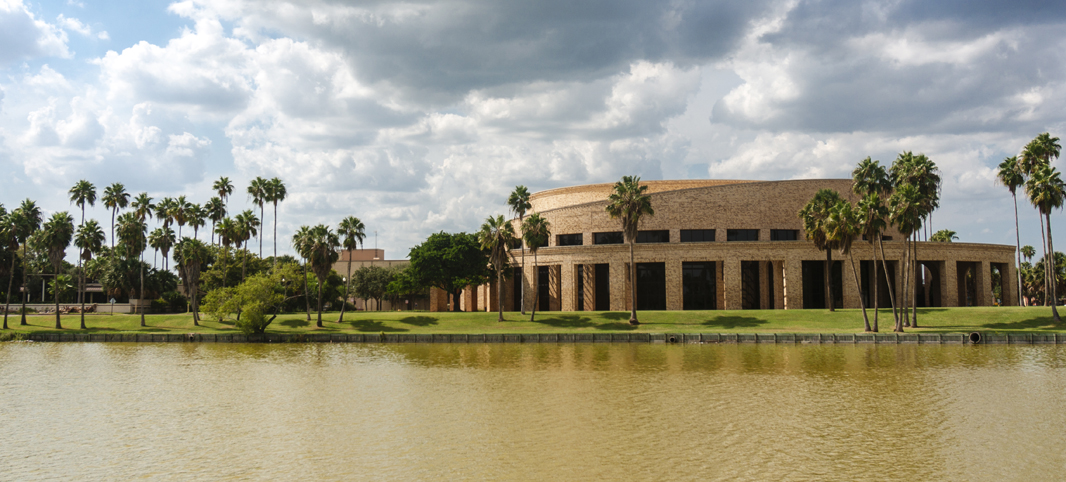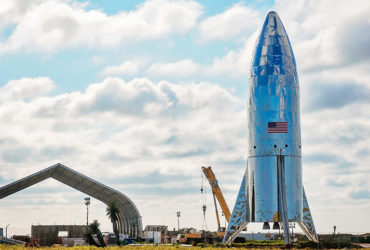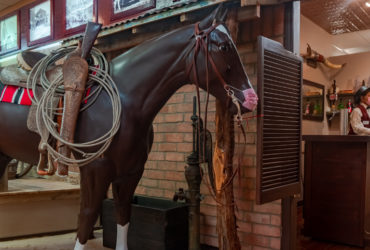Though I’m a historian, my first visit to the original site of Fort Brown probably was to play
golf at the public course located there. When the reality of the historical aspect finally
intruded on my consciousness, I was thrilled to observe that the remains of two of the
original earth walls and a connecting bastion still existed. It was a historian’s dream!
It has been almost 175 years since the construction of that fort set off a war that would
dramatically change the two nations’ fortunes.
In 1845, after Texas became a state in the American Union, General Zachary Taylor’s force
arrived to assert the Texan and American claims to the Rio Grande River as the boundary
with Mexico. With no other materials available, the 800 soldiers began piling dirt to form
the walls of an earthworks fort in the shape of a star, preparing to engage in the US-Mexico
War’s first two battles.
Fort Brown was decommissioned in 1946. Fourteen years later, it was designated a
discontiguous National Historic Landmark District. It includes the original earthworks, a
cavalry barracks raised in 1848, and a collection of buildings erected between 1868 and
1870, including an officers’ quarters, a hospital, morgue, mess hall, and a Colonel’s house.
Today, guests can approach the site from University Boulevard and park in the
now-defunct golf course parking lot. Here one finds historical markers (including one I
contributed), and a view of the low rise of the fort walls and a cannon pointed to the sky to
commemorate Major Jacob Brown, fort commander, who died during the Mexican
bombardment.






